Virtual Open House: Explore the convenience and innovation of virtual house tours. Learn how they work, their benefits, and tips for a successful virtual open house experience!
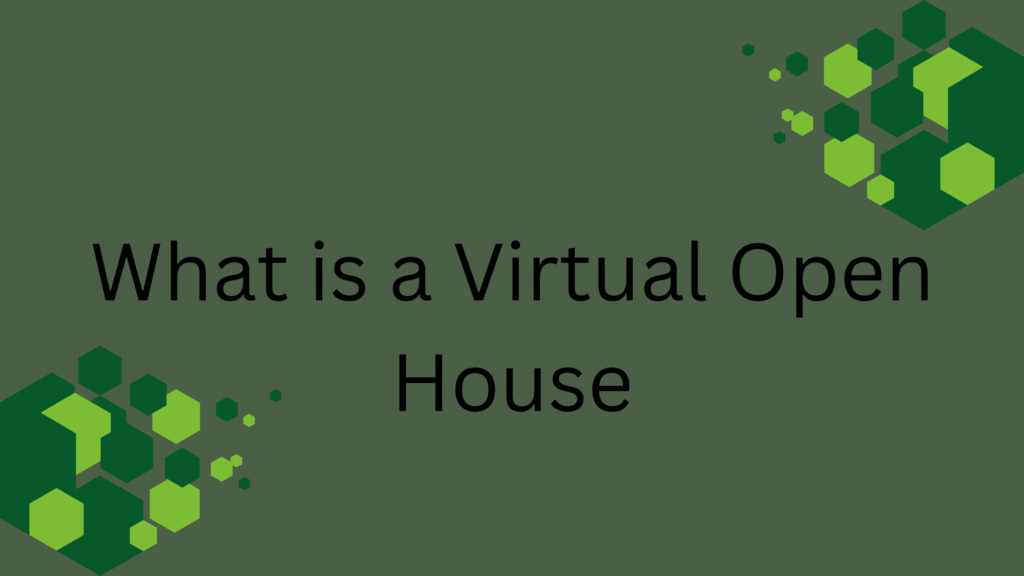
- Introduction to virtual open Houses
- Traditional Open House vs. Virtual Open House
- Why Virtual House Tours are Gaining Popularity
How Does a Virtual Open House Work?
- Platforms Used for virtual Open Houses
- Zoom, Google Meet, and Other Video Platforms
- Real Estate Platforms with Virtual Tour Features
- Steps in Hosting a virtual Open House
Benefits of virtual Open Houses
- Convenience for Buyers and Sellers
- Expanding Reach to a Global Audience
- Cost-Effectiveness Compared to Physical Open Houses
Key Features of a virtual Open House
- High-Quality Images and Videos
- 3D Virtual Tours and Walkthroughs
- Real-Time Interaction with Agents
Tips for Hosting a Successful virtual Open House
- Choose the Right Platform
- Ensure Proper Lighting and Staging
- Engage the Audience During the Tour
Virtual Open House vs. Pre-Recorded Virtual Tours
- Live Interaction vs. Pre-Recorded Tours
- Advantages and Disadvantages of Both
Is a Virtual Open House Right for You?
- Factors to Consider as a Buyer
- Factors to Consider as a Seller
Common Mistakes to Avoid in virtual Open Houses
- Poor Internet Connection
- Ignoring Engagement with Viewers
- Lack of Preparation
The Future of Real Estate and virtual Open Houses
- Integration with Augmented Reality (AR) and Virtual Reality (VR)
- Predictions for the Next Decade in Virtual Real Estate
Conclusion
FAQs
Introduction to virtual open Houses
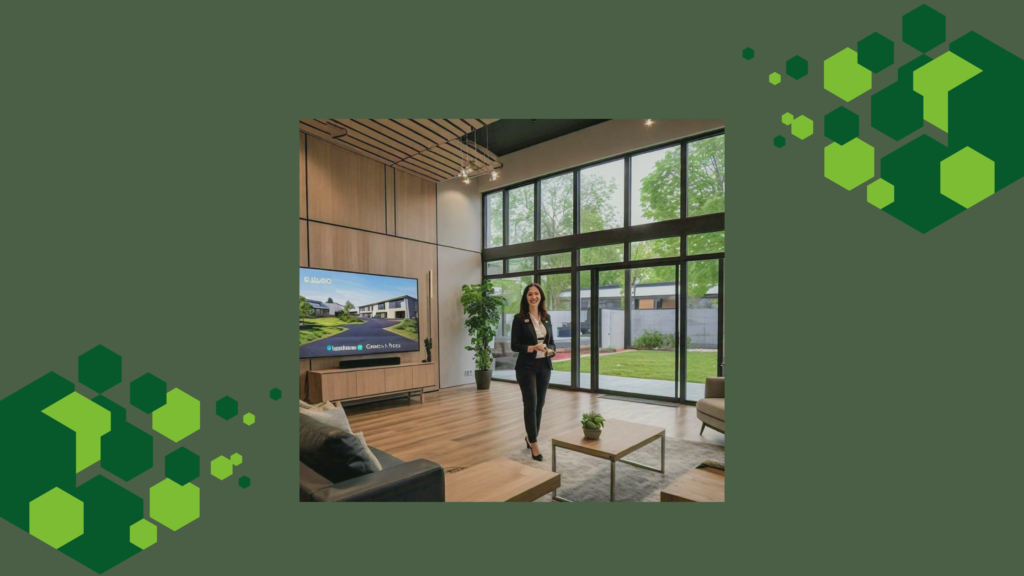
In today’s fast-paced, tech-driven world, real estate practices are evolving rapidly. One of the most notable advancements is the virtual open house, a concept that has revolutionized the way properties are marketed and sold. So, what exactly is a virtual open house?
A virtual open house is an online event where potential buyers can explore a property from the comfort of their own homes. Instead of physically attending the property, viewers join a live or pre-recorded tour through various online platforms, allowing them to see the home in real-time or on-demand.
Traditional Open House vs. virtual Open House
Historically, open houses involved physically visiting a property to inspect it in person. However, virtual house tours provide an innovative solution that caters to the modern, convenience-seeking buyer. In a virtual setting, buyers can experience the property without traveling, making it particularly appealing for out-of-town or international clients.
Traditional Open House vs. Virtual Open House
Historically, open houses involved physically visiting a property to inspect it in person. However, virtual house tours provide an innovative solution that caters to the modern, convenience-seeking buyer. In a virtual setting, buyers can experience the property without traveling, making it particularly appealing for out-of-town or international clients.
Why Virtual House Tours are Gaining Popularity
Virtual open houses gained massive popularity during the COVID-19 pandemic but have continued to thrive due to their convenience and efficiency. Buyers and sellers alike appreciate the flexibility, cost-effectiveness, and wider reach virtual tours offer.
How Does a Virtual Open House Work?
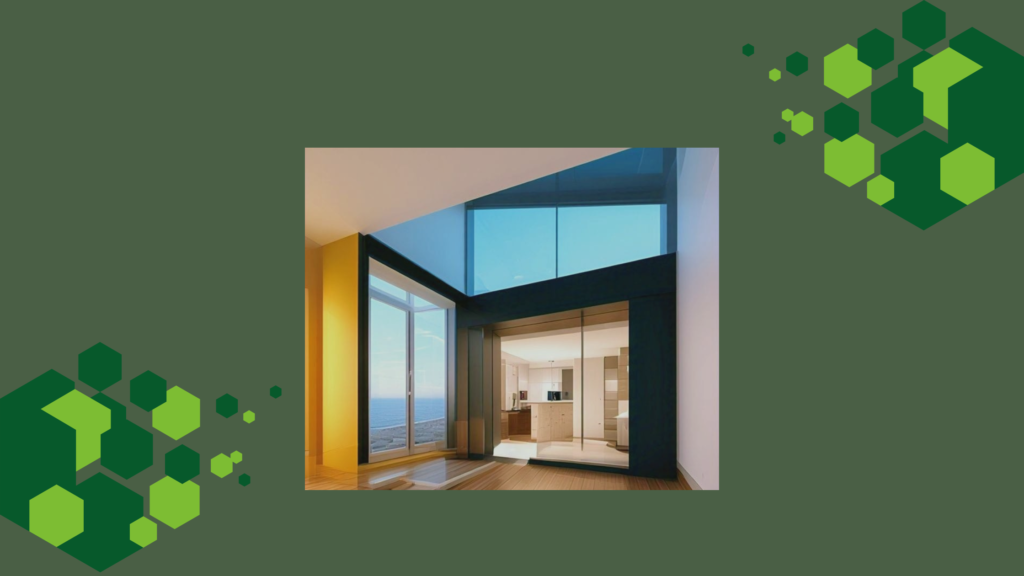
A virtual open house operates much like a traditional open house, except everything takes place online. Instead of walking through the home in person, potential buyers join an online event where they can explore the property remotely. This experience can be either live, with a real estate agent guiding the tour and answering questions in real time, or it can be pre-recorded, allowing buyers to view the home at their convenience.
Here’s how it generally works:
- The seller or real estate agent schedules the virtual tour.
- Invitations or links are sent to potential buyers, often through email or social media.
- Buyers join the virtual event, where they are guided through the property using videos, photos, or live-streamed footage.
- Questions are answered, details about the property are discussed, and viewers can interact during a live event.
Platforms Used for Virtual Open Houses
There are several platforms available to host virtual open houses. Some are video conferencing tools, while others are specifically designed for real estate tours. Choosing the right platform depends on the type of interaction you want, the scale of the event, and how tech-savvy your audience is.
Zoom, Google Meet, and Other Video Platforms
Platforms like Zoom and Google Meet are excellent for hosting live virtual open houses because they allow real-time interaction between buyers and agents. They are easy to use, and most people are already familiar with these tools due to their widespread use for remote work and communication.
- Zoom: This platform offers high-quality video and audio, screen sharing for 3D walkthroughs, and the option to host large groups. The live chat feature allows buyers to ask questions while the agent leads the tour.
- Google Meet: Like Zoom, Google Meet is a free option that offers solid video conferencing features. It’s simple to set up, and because it’s part of the Google ecosystem, many users find it convenient to integrate with their existing tools.
- Facebook Live and Instagram Live: Social media platforms also offer live-streaming capabilities, which can be useful for informal tours or engaging a broader audience. However, the interaction may be more limited than with dedicated video conferencing software.
Real Estate Platforms with Virtual Tour Features
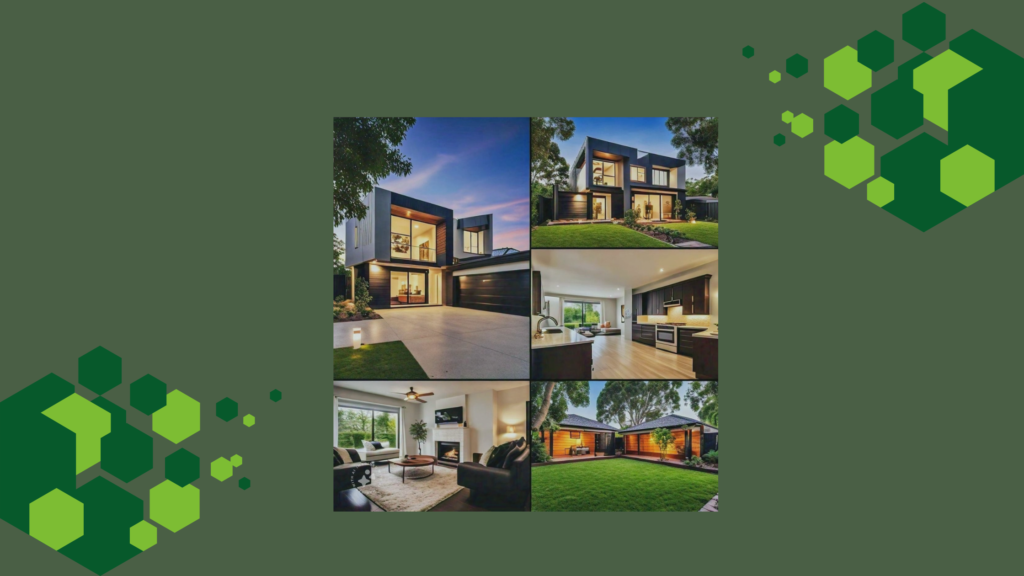
For a more professional and immersive experience, many real estate platforms provide specialized virtual tour features. These tools are designed to give potential buyers a realistic view of the property.
- Zillow 3D Home: Zillow offers a 3D Home tool that allows real estate agents to create detailed, 360-degree virtual tours. Buyers can navigate the property at their own pace, zooming in on areas of interest and viewing the layout from multiple angles.
- Matterport: Matterport is a leader in 3D real estate tours. The platform creates highly detailed, interactive tours where buyers can “walk” through the home virtually, exploring each room as if they were physically there. Matterport tours often include floor plans and dollhouse views, giving a complete picture of the property.
- Realtor.com: This site also offers a virtual tour feature that integrates with listings, allowing potential buyers to view a detailed 3D model or video walkthrough of the home. It’s a convenient option for buyers browsing properties online.
Steps in Hosting a Virtual Open House
If you’re considering hosting a virtual open house, it’s essential to follow a few key steps to ensure the event runs smoothly and impresses potential buyers.
- Prepare the Home:
Just as you would for a physical open house, make sure the home is clean, organized, and well-lit. Staging is essential for creating an inviting atmosphere, whether you’re live-streaming or taking high-quality photos and videos. - Choose the Right Platform:
Select a platform that meets your needs. If you want live interaction, a video conferencing tool like Zoom or Google Meet is ideal. For pre-recorded or interactive 3D tours, a real estate platform like Matterport or Zillow is more suitable. - Promote the Event:
Use social media, email marketing, and your real estate website to spread the word about your virtual open house. Send out invitations with clear instructions on how to join, and consider offering a registration form to gauge interest. - Conduct the Tour:
If it’s a live event, guide viewers through the home, pointing out key features and answering questions as they come up. For pre-recorded tours, ensure the video quality is high, with clear shots of each room and detailed descriptions. - Engage Your Audience:
Interaction is key, especially during live events. Encourage participants to ask questions, highlight unique selling points of the home, and be responsive to any concerns or interests potential buyers may have. - Follow Up:
After the tour, reach out to attendees to see if they have any further questions. This personal touch can help turn virtual tour attendees into serious buyers.
Benefits of Virtual Open Houses
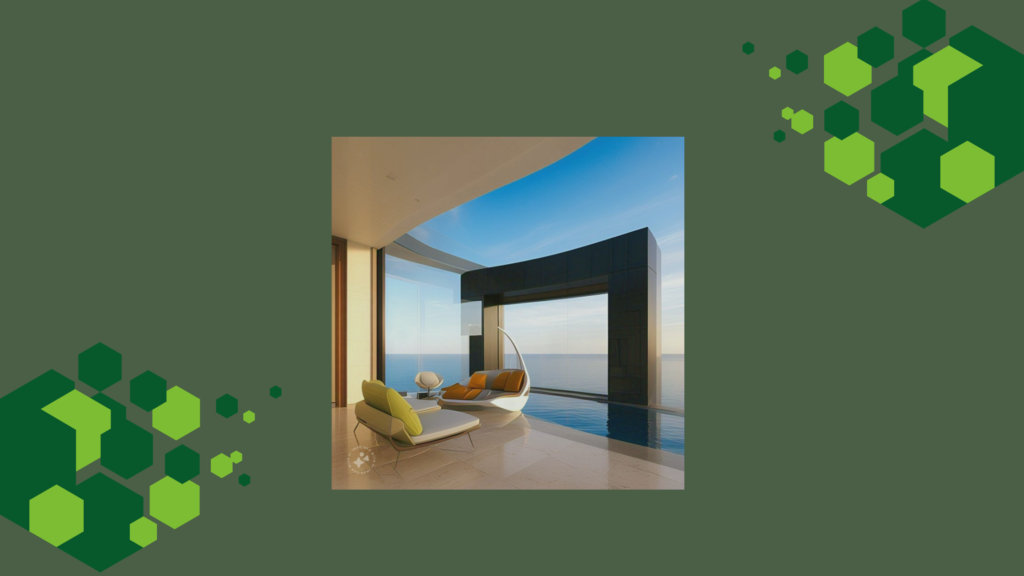
Convenience for Buyers and Sellers
Virtual open houses save time for both buyers and sellers. Instead of spending hours driving to different properties, buyers can view multiple homes from anywhere, while sellers don’t have to accommodate numerous physical visits.
Expanding Reach to a Global Audience
A major advantage of virtual open houses is the ability to showcase properties to international clients, offering a broader reach that traditional open houses can’t match.
Cost-Effectiveness Compared to Physical Open Houses
Hosting a virtual open house typically requires fewer resources, reducing costs related to marketing, setup, and hosting.
Key Features of a Virtual Open House
High-Quality Images and Videos
Clear, high-resolution images and videos are essential to making a virtual open house successful. These visuals help potential buyers get an accurate sense of the property’s layout, design, and features.
3D Virtual Tours and Walkthroughs
Many virtual open houses incorporate 3D tours, allowing buyers to navigate through the home as if they were walking through it in person.
Real-Time Interaction with Agents
During a live virtual open house, buyers can ask questions in real-time, making the experience more engaging and informative.
Tips for Hosting a Successful Virtual Open House
Choose the Right Platform
Make sure to select a platform that is user-friendly, supports high-quality video streaming, and allows for real-time interactions.
Ensure Proper Lighting and Staging
Just like in a physical open house, presentation matters. Proper lighting and professional staging can make or break a virtual tour.
Engage the Audience During the Tour
Keep your viewers engaged by providing insights, answering questions, and highlighting the property’s best features.
Virtual Open House vs. Pre-Recorded Virtual Tours
While both offer digital convenience, a live virtual open house provides the opportunity for real-time interactions, while pre-recorded tours give buyers the freedom to explore at their own pace.
Live Interaction vs. Pre-Recorded Tours
Live virtual tours allow agents to engage with potential buyers immediately, while pre-recorded tours are more flexible but lack direct interaction.
Is a Virtual Open House Right for You?
Factors to Consider as a Buyer
If you’re a buyer, a virtual open house offers convenience, but be sure to ask specific questions about areas that may not be clearly visible in a video.
Factors to Consider as a Seller
As a seller, virtual open houses allow you to market your property to a broader audience, but make sure to use high-quality visuals to leave a positive impression.
Common Mistakes to Avoid in Virtual Open Houses
Poor Internet Connection
A stable internet connection is crucial. Technical issues can ruin the experience for potential buyers.
Ignoring Engagement with Viewers
Make sure to interact with your audience. Ignoring questions or comments can cause potential buyers to lose interest.
Lack of Preparation
Proper staging, lighting, and technical checks are vital to hosting a successful virtual open house.
The Future of Real Estate and Virtual Open Houses
Integration with Augmented Reality (AR) and Virtual Reality (VR)
As technology evolves, AR and VR are expected to play an increasingly important role in real estate, offering even more immersive virtual tours.
Predictions for the Next Decade in Virtual Real Estate
In the next ten years, virtual open houses could become the standard in real estate transactions, making it easier for buyers and sellers to connect globally.
Conclusion
Virtual open houses are a game-changer in the real estate industry, offering buyers and sellers unmatched convenience, flexibility, and reach. Whether you’re looking to buy a home or sell one, virtual open houses make the process more efficient, accessible, and cost-effective. As technology continues to evolve, the future of real estate looks increasingly digital.
FAQs
- What technology do I need to attend a virtual open house?
All you need is a computer or smartphone with internet access and a platform like Zoom or a real estate website offering virtual tours. - How do I ask questions during a virtual open house?
During a live tour, you can ask questions in real-time through chat or voice, depending on the platform used. - Can I negotiate prices after attending a virtual open house?
Yes, the buying process remains the same, allowing for price negotiations post-tour. - What should I look for during a virtual open house?
Pay attention to details such as room sizes, layouts, and any visible issues with the property. - How secure is my information during a virtual house tour?
Most platforms use encryption to secure your data, but it’s essential to ensure you’re using a trusted platform.

2 thoughts on “What is a Virtual Open House? Discover the Future of Property Tours!”